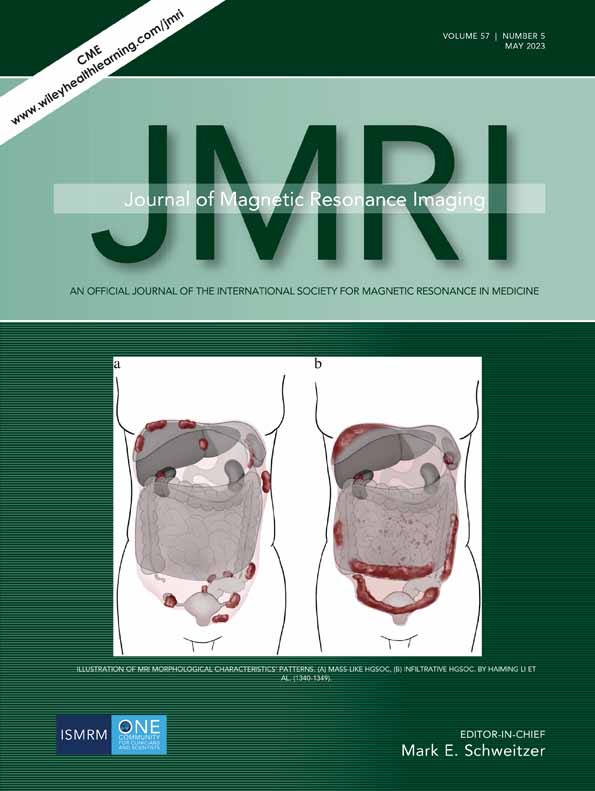Independent Component and Graph Theory Analyses Reveal Normalized Brain Networks on Resting-State Functional MRI After Working Memory Training in People With HIV
Linda Chang and Tülay Adali are co-senior authors.
Abstract
Background
Cognitive training may partially reverse cognitive deficits in people with HIV (PWH). Previous functional MRI (fMRI) studies demonstrate that working memory training (WMT) alters brain activity during working memory tasks, but its effects on resting brain network organization remain unknown.
Purpose
To test whether WMT affects PWH brain functional connectivity in resting-state fMRI (rsfMRI).
Study Type
Prospective.
Population
A total of 53 PWH (ages 50.7 ± 1.5 years, two women) and 53 HIV-seronegative controls (SN, ages 49.5 ± 1.6 years, six women).
Field Strength/Sequence
Axial single-shot gradient-echo echo-planar imaging at 3.0 T was performed at baseline (TL1), at 1-month (TL2), and at 6-months (TL3), after WMT.
Assessment
All participants had rsfMRI and clinical assessments (including neuropsychological tests) at TL1 before randomization to Cogmed WMT (adaptive training, n = 58: 28 PWH, 30 SN; nonadaptive training, n = 48: 25 PWH, 23 SN), 25 sessions over 5–8 weeks. All assessments were repeated at TL2 and at TL3. The functional connectivity estimated by independent component analysis (ICA) or graph theory (GT) metrics (eigenvector centrality, etc.) for different link densities (LDs) were compared between PWH and SN groups at TL1 and TL2.
Statistical Tests
Two-way analyses of variance (ANOVA) on GT metrics and two-sample t-tests on FC or GT metrics were performed. Cognitive (eg memory) measures were correlated with eigenvector centrality (eCent) using Pearson's correlations. The significance level was set at P < 0.05 after false discovery rate correction.
Results
The ventral default mode network (vDMN) eCent differed between PWH and SN groups at TL1 but not at TL2 (P = 0.28). In PWH, vDMN eCent changes significantly correlated with changes in the memory ability in PWH (r = −0.62 at LD = 50%) and vDMN eCent before training significantly correlated with memory performance changes (r = 0.53 at LD = 50%).
Data Conclusion
ICA and GT analyses showed that adaptive WMT normalized graph properties of the vDMN in PWH.
Evidence Level
1
Technical Efficacy
1
Conflict of Interest
No competing financial interests exist.




